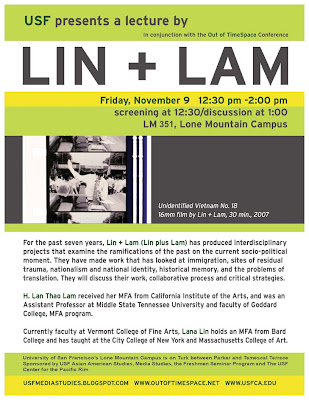Women's Empowerment Film Series

On October 18, 2007 the first Women's Empowerment Film Series Program took place in USF's Phelan Glass Lounge. The program engaged students in Disney films (i.e. viewing) as well as a discussion regarding Disney's use of stereotypical gender role issues. The program was not intended to destroy one's childhood memories/feelings about Disney movies, but rather to recognize that symbolic messages regarding gender existed.
The first meeting, engaged approximately 11 students (the majority were women) in the viewing and discussion of the Disney animated film
The Little Mermaid. The film animated 16 year-old mermaid, Ariel's, life under the sea and her wish to become human. Ariel's wish to become and experience humanity overpowered her duty as a mermaid princess. Ariel, constantly, disobeyed her father and friends (Flounder and Sabastein). Ariel let her love of a human, Prince Eric, and her desire to be human overwhelm her to the point in which she contracted her voice away to the evil sea-witch Ursula.




Students viewed the film, watching out for gender issues. Students recognized issues as widely spread throughout many Disney movies (i.e. Pocahontas, Beauty and the Beast, Mulan). Issues that were recognized in
The Little Mermaid, regarding women's oppression, were as follows:
- Women viewed as distressed
- Women continuously changed to please a man
- Lack of motherly figures
- "Beauty" is to be skinny
- Women tend to depend on others to survive
- Women are the enemies (i.e. Ursula)
- No diversity
Students also argued that though Disney's films are targeted towards prepubescent viewers who somewhat unaware of these messages, one has to recognize that Disney films are created by adults who are aware of such issues. The women viewers all agreed that Disney movies tend to knock women down as a whole.
The Women's Empowerment Film Series Committee holds viewings and discussions once a month. The next movie viewing and discussion will be held in November.
Posted by Chelsie-Jean Fernandez









 Students viewed the film, watching out for gender issues. Students recognized issues as widely spread throughout many Disney movies (i.e. Pocahontas, Beauty and the Beast, Mulan). Issues that were recognized in The Little Mermaid, regarding women's oppression, were as follows:
Students viewed the film, watching out for gender issues. Students recognized issues as widely spread throughout many Disney movies (i.e. Pocahontas, Beauty and the Beast, Mulan). Issues that were recognized in The Little Mermaid, regarding women's oppression, were as follows:


